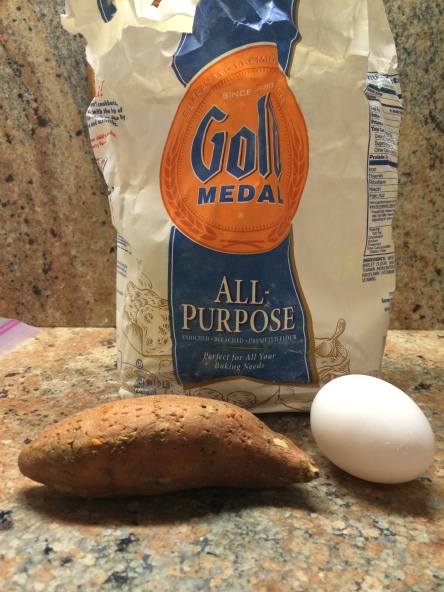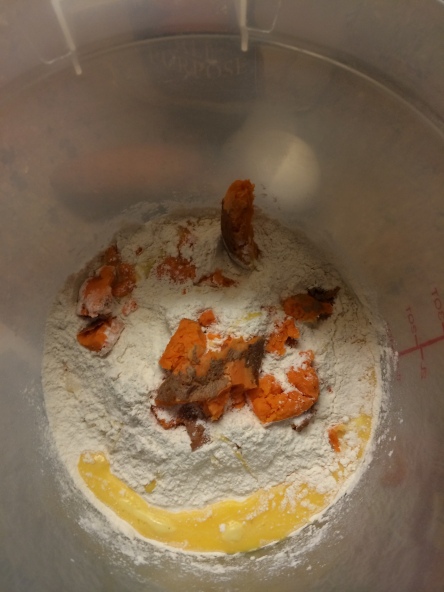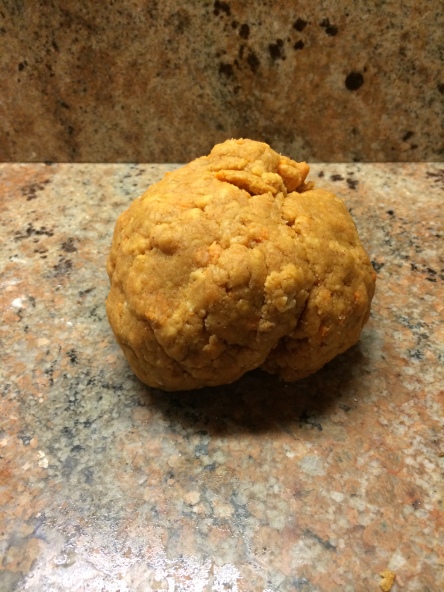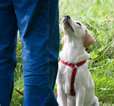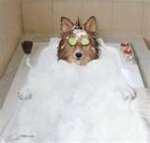I’m sure you’ve heard of clothing for pets but here in the pet fashion world they have step up individuality  a bunch by introducing pet dye. Personally I love that there is an option to spice up my dogs coat. But there are some pro and cons with dyeing your pet, you first must make sure that it is pet safe dye that you are using. Some people think that dying your pet is awesome and some people think its cruel, the most important thing to remember is the safety of your pet if you decide to add some color.
a bunch by introducing pet dye. Personally I love that there is an option to spice up my dogs coat. But there are some pro and cons with dyeing your pet, you first must make sure that it is pet safe dye that you are using. Some people think that dying your pet is awesome and some people think its cruel, the most important thing to remember is the safety of your pet if you decide to add some color.
Some of the pros for pet dye are:
- freaking awesome looking hair
- life of the party
- complements from strangers
- ability to express your pets personality
- match your outfits with your dog
Some of the cons for pet dye is that it can cause:
- Rashes
- Skin irritation
- Skin burns
- Unsafe chemicals that pets can possible ingest
There are multiple ways to dye your pet some more permanent than other s. Most common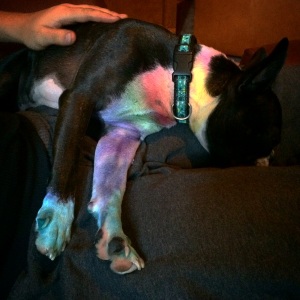 way is to use Manic Panic or Kool- Aid, I’ve used dog friendly blow pens, chalk, Manic Panic, and gel. While personally I prefer the blow pens since they only last about a week or so, Manic Panic is more permanent choice which usually lasts about 2 weeks. My boys are used for events for my work all the time, Dipper my Boston Terrier loves being dyed and will strut his stuff for anyone watching as long as he has a little more color in his coat.
way is to use Manic Panic or Kool- Aid, I’ve used dog friendly blow pens, chalk, Manic Panic, and gel. While personally I prefer the blow pens since they only last about a week or so, Manic Panic is more permanent choice which usually lasts about 2 weeks. My boys are used for events for my work all the time, Dipper my Boston Terrier loves being dyed and will strut his stuff for anyone watching as long as he has a little more color in his coat.
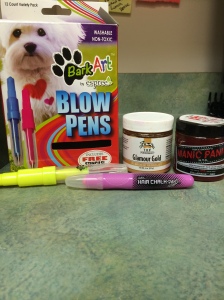
The awesome thing about blow pens is the possibility to use stencils and create customs designs. The grooming industry has boomed with the idea of fur dyeing and making dogs look exotic.
 Nowadays you’ll see dogs looking like tigers, pandas, people chose certain themes just like we put a bunch of hearts on my co-workers dog.
Nowadays you’ll see dogs looking like tigers, pandas, people chose certain themes just like we put a bunch of hearts on my co-workers dog.
While adding a splash of color might be super fun please remember to dye responsibly.
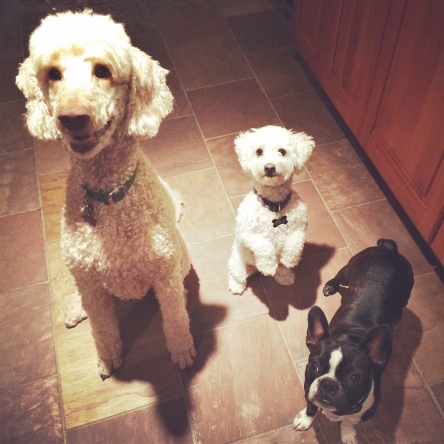 I like to think that I’m a pretty experienced baker but have never tried making treats for my dogs. I found a couple of good, healthy, and potentially grain free recipes to try out. So for this trial round I’m going to try a peanut butter sweet potato treat that makes roughly 2 dozen cookies.
I like to think that I’m a pretty experienced baker but have never tried making treats for my dogs. I found a couple of good, healthy, and potentially grain free recipes to try out. So for this trial round I’m going to try a peanut butter sweet potato treat that makes roughly 2 dozen cookies.